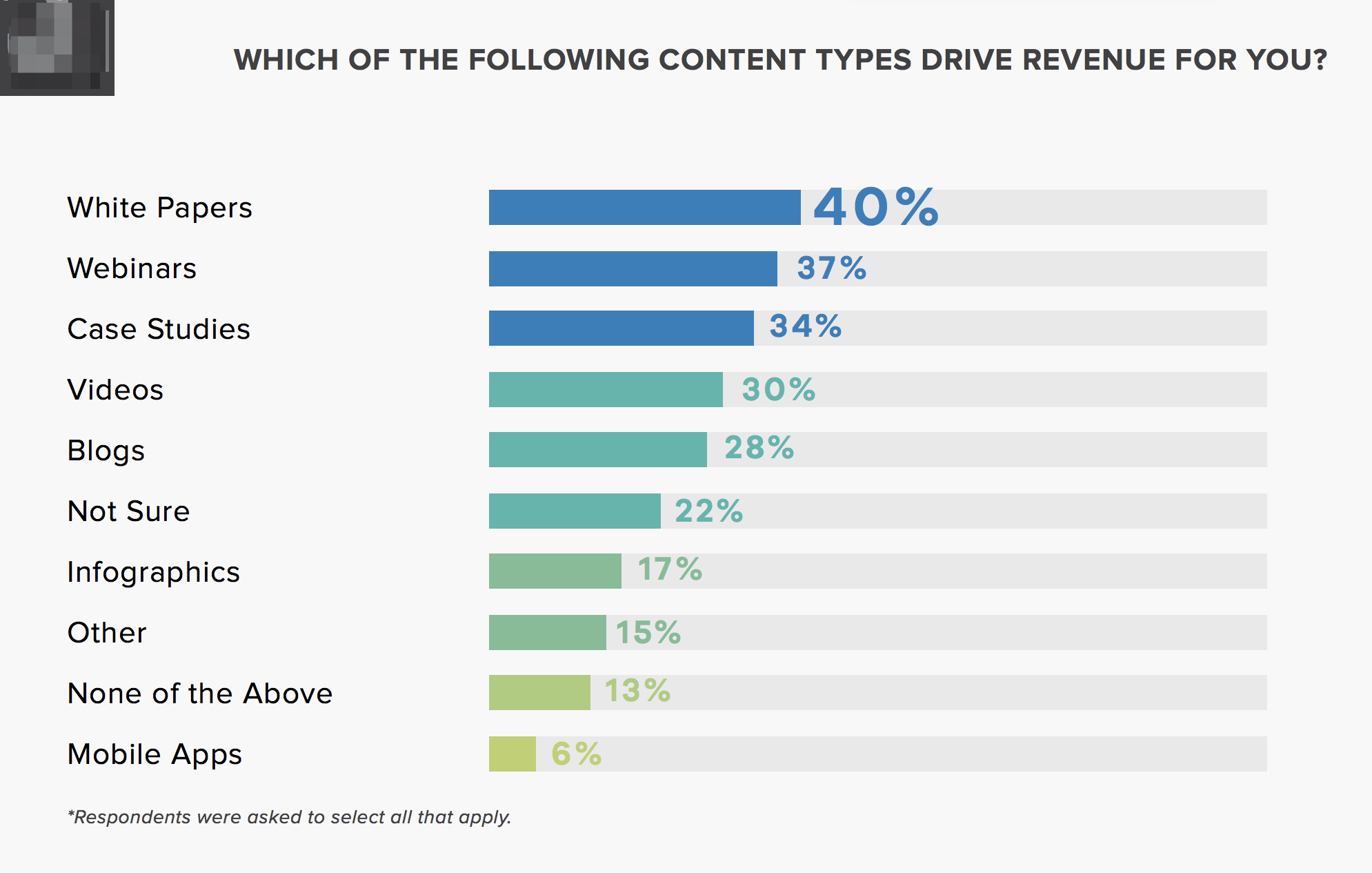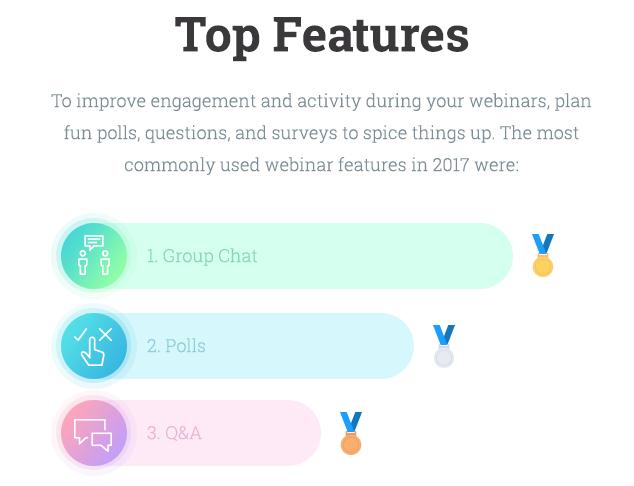Guiding B2B Prospects Through the Funnel With Webinars
What Means B2B: Unlike B2C marketing, which generally involves winning over one shopper relatively quickly, B2B marketers must constantly focus on wooing multiple stakeholders over prolonged decision-making cycles.
Junior team members may be charged with compiling a shortlist of service providers and comparing them, team leaders may be looking for solutions that make them look good to their bosses, while senior executives are generally after maximizing ROI. So at each step of the sales funnel, B2B marketers need to convince different buyers about the value of their service, each with their own unique needs and goals.
Due to these complexities, B2B marketers employ a variety of techniques and methods to continue passing leads through the process until they’ve reached the threshold of sales readiness.
One of the most effective content marketing formats in this regard is the webinar, which can be tailored to different stakeholders and allow marketers to cast a wider net. Research from DemandWave recently found that marketers find webinars to be the second most effective content type for capturing leads and for driving revenue.

Image source
But more importantly, unlike other marketing techniques, webinars offer value to leads in the form of useful content and knowledge, while still providing a convenient hook to continue through the funnel. What Means B2B.
By properly planning a webinar strategy, you can create a reliable sales funnel that will educate potential buyers, as well as show each stakeholder how your product caters to their needs. What Means B2B.
A Valuable and Wider Net
For many B2B sales teams and marketers, the top goal is to set up in-person meetings, which allow direct access to decision-makers and provide the easiest way to demonstrate value. What Means B2B.
These meetings, however, are not always easy to close and are not as time-effective as other methods. Moreover, for companies that work across several locations, travel creates a major expense. When they involve hundreds of participants, webinars, on the other hand, may give up a little of the personal touch, but they do offer advantages in other key areas.
For one, they allow companies to reach a much broader audience at a fraction of the cost and time. They also let companies create a demonstration of value that builds on itself by providing milestones, each with its own part to play in the sales funnel. What Means B2B.
With webinars, moreover, people set aside an hour of their time to be dedicated to your presentation. Few other marketing formats and channels offer this level of sustained attention. And interactive components to webinars keep people even more engaged, with features like Q&A, group chats, and polls charting as those most commonly used by presenters in 2017, according to ClickMeeting’s “State of Webinars” report. W

Image source
Most importantly, perhaps, the quality of leads webinars can generate is higher than methods such as social media or blog posts. Individuals who join a webinar are already interested in solving a specific problem, after all.
Tailor-Made Sales Funnels
Webinars are also extremely versatile. They can convey key information and tangible benefits at each step of the funnel. By tailoring the content to the pain points of each funnel stage, companies can create a series of naturally progressing steps that leads from lead acquisition all the way to conversion. What Means B2B.
Combining webinars with other lead scoring tools is also a crucial aspect of a successful funnel. CRMs like Close.io can help find the right leads to ensure they’re more likely to follow through from the first to last webinar by focusing on providing the proper tools to create engaging campaigns.
Using webinar platforms, companies can build sequences of presentations that target different stakeholders and naturally progress the sales pitch from a basic introduction to a sales conversion.
- At the top of the funnel, the first webinars should explore key issues and prevalent pain points in the relevant field. They offer a natural hook to enter the funnel. There is no hard sell, but a promise of better solutions. This also provides an excellent opportunity for brand awareness and even offers opportunities for cross-promotion with other companies.
- At the middle of the funnel, the next webinars should provide deeper education about solutions to audience pain points. At this point, they’re making a soft-sell by showing how specific services offer better answers to existing problems. By avoiding the hard sales pitch, you can keep casting a broader net.
- At the bottom of the funnel, the last webinars are focused on your offer and its benefits. Buyers who make it to this stage are clearly interested and qualified, so they’re ready to be pitched to. At this onboarding stage, the goal is to clearly show your product’s value.
![]()
Image source: https://www.facebook.com/business/learn/facebook-ads-pixel
Throughout the process, you can also boost your leads by using ad retargeting to keep your business at the top of users’ minds. Retargeting audiences with services like Google AdWords and Facebook Ads can help keep your brand presence and can help bring back any leads that may fall out of the funnel.
Smarter Marketing
As effective as they are, webinars can’t operate on their own – they are always best deployed in conjunction with other formats and strategies. However, in terms of generating and nurturing a larger number of quality leads, webinars offer a low-cost and high-value method for driving customers from interest to the sale. What Means B2B.
By focusing not just on the hard sell, but on the value your services provide, webinars create stronger, more sustained interest, and can help streamline your sales funnel.
The article was originally published here.


Comments are closed.